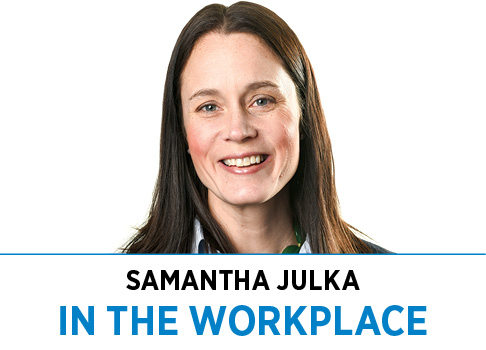Subscriber Benefit
As a subscriber you can listen to articles at work, in the car, or while you work out. Subscribe Now Nine years ago, I was about eight weeks pregnant with my twin boys and found myself standing in the grocery store’s pharmacy section, looking for some vitamins my doctor suggested.
Nine years ago, I was about eight weeks pregnant with my twin boys and found myself standing in the grocery store’s pharmacy section, looking for some vitamins my doctor suggested.
I told the pharmacist what I was looking for, and as she came to help me find it, she said, “You’re pregnant with twins, right?” She remembered this from a week prior when I came in for something else and had mentioned it. Great memory, right? She advised me away from the vitamin I requested and recommended another that was better when carrying twins. Despite seeing probably hundreds of people since our initial conversation, she remembered not only me but specifics about my life and was able to pair that information with her expertise to improve my experience.
Maybe even more interesting is that this interaction was so impactful I still remember it vividly. We began as two humans collaborating to solve a problem—she was helping me find what I had asked for. In the end, instead of merely grabbing what I had requested, she helped me identify something better, something uniquely suited to enhance my health.
At Doris, we have been looking closely into the nuances of collaboration at work. “Why?” you may ask. Well, because organizations spend a lot of time and resources equipping their office with high-quality collaboration space. They hope this will encourage their people to collaborate more, resulting in increased connectivity and energy within the organization. We have found subtleties exist that create distinctions between, and within, connecting and collaborating.
We identified three modes of engagement: personal, transactional and relational. Personal work includes the individual tasks people often describe as needing focus and a quiet environment. This type of work is described as necessary to overall productivity. Transactional work is done when two or more colleagues need to share information to achieve a common goal. A lot of times, people will use the word “collaboration” when a transactional event is occurring.
Finally, we have relational work, which involves sharing information without a clear goal in mind. People describe it as “connection,” or maybe even more deconstructed, “small talk.” This type of interaction is often overlooked because it doesn’t look like “work” at all.
Organizations push high volumes of personal (focus) and transactional (collaborative) work, often at the expense of relational (connection) work. And it’s gotten worse since the pandemic.
Quantitatively, our occupancy data from 2022 shows common areas within offices, like break rooms and lounge seating areas, are used significantly less than before 2020. It is actually more than a 50% decrease. Qualitatively, we see that, even if a group is effectively collaborating, it does not mean they are connecting. This is especially true when looking at cross-departmental or cross-functional collaboration. People describe being able to achieve relational work inside their own small teams, but beyond that, most collaboration is highly transactional.
Why does this matter? It’s within relational work that trust is formed and better solutions to problems are found.
That pharmacist who helped me all those years ago was likely working on important personal work, like filling prescriptions, when I stopped to ask her my question. She quickly switched gears to help me in a transactional manner. Still, it was by her willingness to engage me in conversations beyond the transaction that we achieved a relational exchange, a connection, that enabled healthier results for three humans!
For leaders, the first step is promoting relational behavior. Encourage people to walk around the proverbial pharmacy counter and connect with each other. Not every conversation needs to be about the task at hand, and you never know what information will lead to better outcomes.•
__________
Julka is founder of Indianapolis-based Doris Research, which uses design thinking to organize workspaces.
Please enable JavaScript to view this content.
